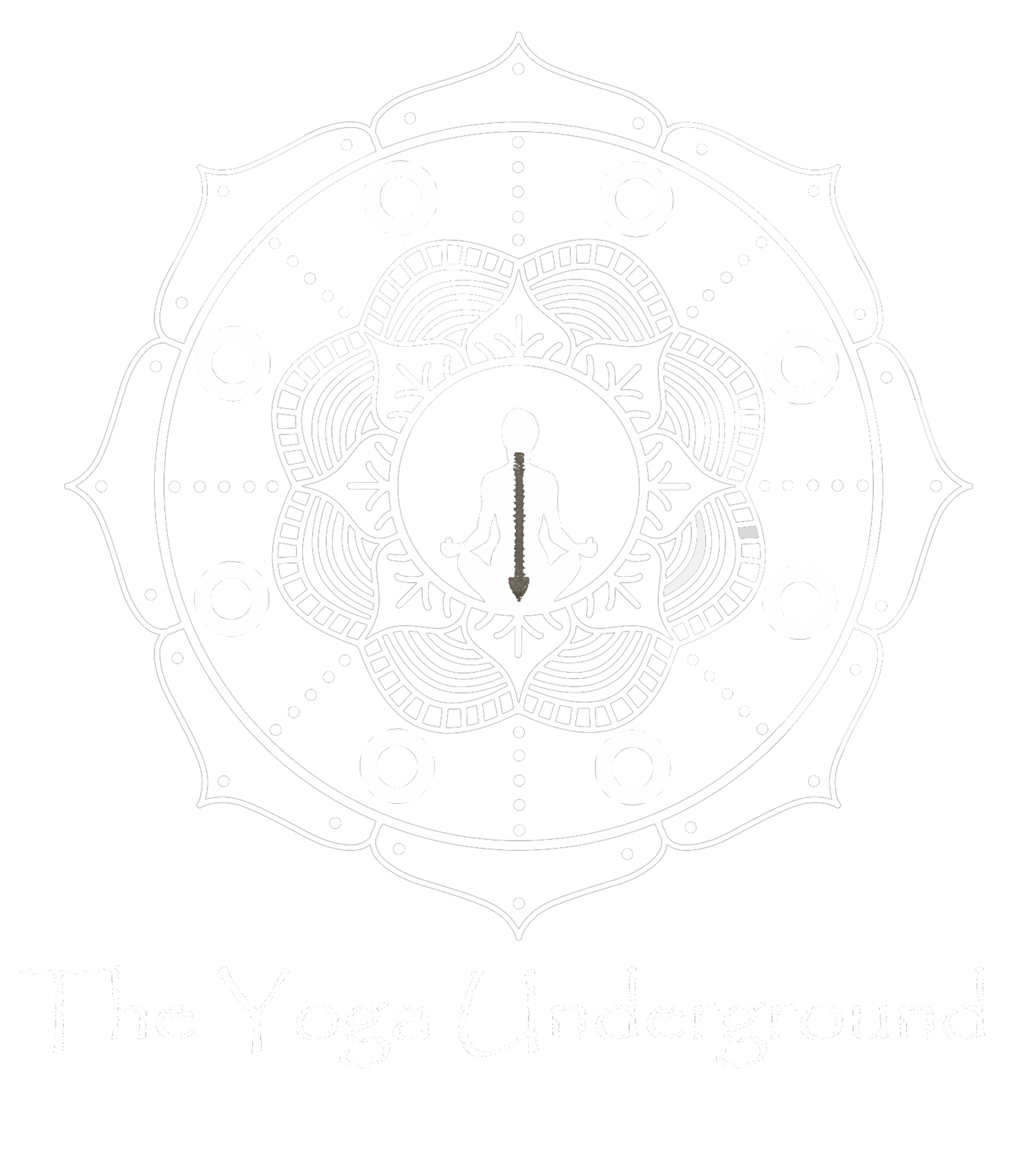This article was past on to me and I thought every one should see what we already know. Chiropractic WORKS.
Thanks for reading.
- Dr. Alex (The Doc)
Written By: Aaron E. Carroll
THE NEW HEALTH CARE MAY 1, 2017
Spinal manipulation or physical therapy such as heat and stretches (above) seem as effective as traditional approaches to help lower back pain. Credit Joshua Bright for The New York Times
About two of every three people will probably experience significant low back pain at some point. A physician like me might suggest any number of potential treatments and therapies. But one I never considered was a referral for spinal manipulation.
It appears I may have been mistaken. For initial treatment of lower back pain, it may be time for me (and other physicians) to rethink our biases.
Spinal manipulation — along with other less traditional therapies like heat, meditation and acupuncture — seems to be as effective as many other more medical therapies we prescribe, and as safe, if not safer.
Most back pain resolves over time, so interventions that focus on relief of symptoms and allow the body to heal are ideal. Many of these can be nonpharmacological in nature, like the work done by chiropractors or physical therapists.
Physicians are traditionally wary of spinal manipulation (applying pressure on bones and joints), in part because the practitioners are often not doctors and also because a few chiropractors have claimed they can address conditions that have little to do with the spine. Patients with back pain haven’t seemed as skeptical. A large survey of them from 2002 through 2008 found that more than 30 percent sought chiropractic care, significantly more than those who sought massage, acupuncture or homeopathy.
Researchers have been looking at the evidence supporting spinal manipulation for some time. Almost 35 years ago, a systematic review evaluated the available research, most of which was judged to be low in quality, and found that there might be some short-term benefits from the procedure. Two reviews from 2003 agreed for the most part, finding that spinal manipulation worked better than a “sham procedure”, or placebo, but no better or worse than other options.
Almost a decade later, a Cochrane review assessed the literature once more, and found 12 new trials had been conducted. This review was more damning. It found that spinal manipulation was no better than sham interventions.
But since then, data have accumulated, as more higher-quality studies have been performed. Recently, in The Journal of the American Medical Association, researchers looked for new studies since 2011, as well as those that had been performed before.
The evidence from 15 randomized controlled trials, which included more than 1,700 patients, showed that spinal manipulation caused an improvement in pain of about 10 points on a 100-point scale. The evidence from 12 randomized controlled trials — which overlapped, but not completely with the other trials — of almost 1,400 patients showed that spinal manipulation also resulted in improvements in function.
In February, in Annals of Internal Medicine, another systematic review of nonpharmacologic therapies generally agreed with the other recent trials. Based upon this review, and other evidence, the American College of Physicians released new clinical practice guidelines for the noninvasive treatment of subacute back pain. They recommended that patients should try heat, massage, acupuncture or spinal manipulation as first-line therapies.
The only things that might detract from the use of spinal manipulation in this situation would be its cost and potential harms.
Because they fear those potential harms, some physicians are hesitant to refer patients to chiropractors or physical therapists for care. But in all the studies summarized above, there were really no serious adverse events reported. It’s possible to find anecdotes of harm to the spinal cord from improper manipulations, but these are rare, and almost never involve the lower spine.
Some physicians are concerned about the cost of spinal manipulation, especially since most insurance carriers don’t cover it. Visiting a chiropractor costs more than taking many non-narcotic pain medications. But more invasive interventions can cost a lot of money. In addition, studies have shown that, in general, users of complementary and alternative medicine spend less over all for back pain than users of only traditional medicine.
Medication and surgery can also lead to harms. We shouldn’t forget that prescription pain medications, like opioids, can lead to huge costs, especially when they’re misused.
Some physicians are uncomfortable that we don’t have a clear picture of how spinal manipulation actually works to reduce pain. It’s also possible that some chiropractors do it “better” than others, and we can’t tell. This concern should be tempered by the fact that we don’t have a great understanding of why many other therapies work either. Some of the more traditional things we recommend don’t even work consistently.
Still, there is no merit to many other claims about spinal manipulation — that it has been proved to work for things like infantile colic, painful periods, asthma, gastrointestinal problems, and more. For most conditions, the therapy lacks a good evidence base.
But given the natural course of back pain — that most of it goes away no matter what you do — the ideal approach is to treat the symptoms and let the body heal. Noninvasive therapies seem to do that well enough.








